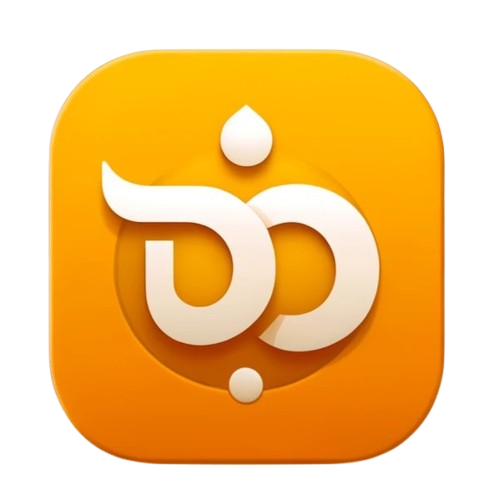https://youtu.be/_MXZoni68M4



Dununu is a global community platform that connects Sanatani around the world. It is a space where Sanatani individuals and groups can come together to share their culture, knowledge, and experiences. Through Dununu, members can network, collaborate, and support one another, fostering a sense of community and empowerment. The platform features tools for communication, knowledge-sharing, and engagement, including forums and educational resources. Dununu aims to promote diversity, unity, and social change, enabling Sanatani to connect with each other and the wider world.










